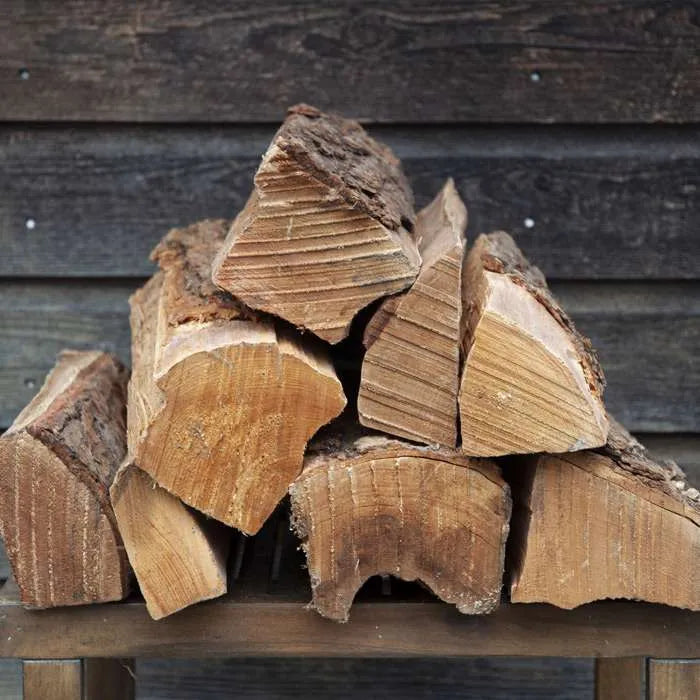Botanical Name: Osmundastrum cinnamomeum
Great for Beginners ? Full Sun / Deep Shade ? Low-maintenance ? Seasonal Interest
Whether you’re embarking on your gardening journey, or are a seasoned gardener — there is no better companion perennial than the delightful cinnamon fern (botanical name Osmundastrum cinnamomeum).
Not only does it have a name that sounds like a delicious autumn treat, it's also a plant that will make you look like a gardening pro without you actually needing to be one!
Four Reasons Why You'll Love Cinnamon Ferns
Gorgeous Greenery (and Goldery)
With fronds that unfurl like green fireworks, they boast a spectacular display of lush, feathery leaves that can shoot up to five feet tall that turn a brilliant gold and orange in the fall. They're a showstopper!
Fuss-Free Plants
If you're all about the low-maintenance life (and who isn’t?), then cinnamon ferns are your horticultural soulmates. They're perennials, which means once they’re settled in, they return every year with new growth, ready to impress with practically zero maintenance on your end.
Tough as Nails
Think of cinnamon ferns as the superheroes of the plant world. They're super adaptable and can endure a variety of conditions. Plus, they're cold-hardy, which means even if Jack Frost comes knocking, they'll be just fine.
No Pests, No Stress
These ferns aren’t on the menu for most pests, so you're unlikely to run into any troublemakers munching on your plant.
The Cinnamon Fern In Your Landscape Design
The cinnamon fern makes a great addition under trees, along pathways and mixed in with other perennials such as hostas, that love the same light and water conditions. They'll also work in container plantings, and if you have a pond or low-lying, wet area, go ahead and sprinkle some cinnamon. ?
Cinnamon Fern Plant-a-Glance™ Details
Care Level: Easy
Type: Perennial
Hardiness Zones: 4-11
Native Area: North America and Eastern Asia
Uses: Understory, Filler, Texture, Fall Color
Best to Plant: Spring | Fall
Light: Partial shade to deep shade / full sun if in standing water
Water: Medium to High
Soil: Sandy, Loamy, Clay
Blooms: Non-flowering
Foliage: Green changing to golden orange
Seasonal Interest: Spring, Summer, Fall
Mature Size: 3’ tall x 3’ wide
Habitat: Upright, v-shaped
Attracts: Birds that use the fuzz on the young fiddleheads as nesting material
Resists: Deer
Insects/Disease: Typically problem-free
Edible Parts: Fiddleheads, if cooked
Toxicity: Mildly toxic if eaten raw
A Beginner’s Guide to Caring for Cinnamon Ferns
Light and Location]
Like most ferns, shade is the cinnamon fern’s best friend. However, if you have a wet area that gets full sun (like around pond or boggy area), they'll thrive there, too!
Soil
Cinnamon ferns aren’t picky eaters. Give them some moist, acidic soil with good drainage, and they'll grow like it’s their job (because it is). A bit of compost or leaf mold can be a nice treat, too.
Watering
Think of these ferns as the plants that never skip a drink. They love moisture and will need a good watering routine, especially if the weather is more on the Sahara side of the spectrum. Just make sure their feet aren't always wet; nobody likes soggy shoes.
Feeding
Remember that reference to being low maintenance? Well, when it comes to food, cinnamon ferns are practically on a diet. They don’t need much in the way of fertilizers if they’re in good soil. They’re like the friend who’s happy with just a cup of tea and great company.
The cinnamon fern is practically a green thumbs-up for your garden. It has looks, resilience, and is the epitome of low maintenance, which is always a bonus.
Go ahead, add a dash of colorful elegance to your garden with the cinnamon fern. You’ll be the talk of the town (or at least the birds and the bees).
Keep that trowel at the ready, get planting, and remember your friends at Reston Farm Garden Market are standing by if you need anything. Here's to the start of something fern-tastic!









